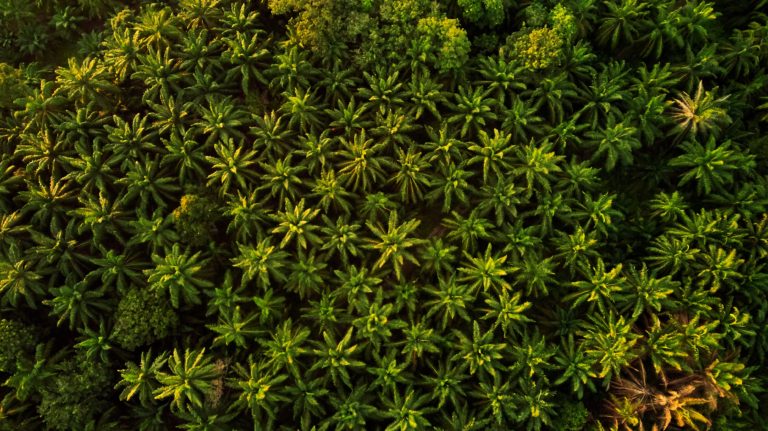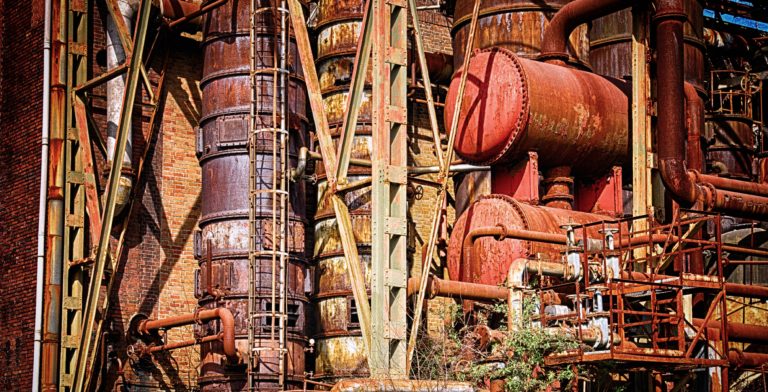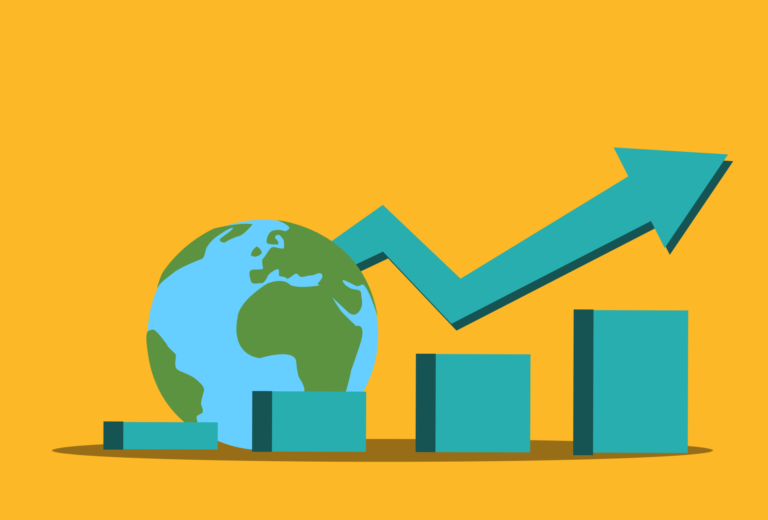Natural resources, such as materials, energy or water provide the physical basis for our well-being and quality of life. However, the prevailing strategies to satisfy the needs of the affluent share of the global population is highly resource intensive. A wide range of environmental problems are the consequence, such as climate change or biodiversity loss. It is therefore important to understand to what extent well-being is coupled with the use of different types of natural resources and whether there are options to achieve high quality of life with reduced resource footprints on our planet.
Relating material footprints, happiness and human development
There are many indicators to measure human development and quality of life. However, only few of them are available for countries worldwide. Therefore, only a few measures of well-being can be combined with indicators on material consumption as presented for a large number of countries in our Visualisation Centre. This story builds upon two indicators that are widely applied and compares them with data on material footprints. First, the Happiness Index as presented in the World Happiness Report by the Sustainable Development Solutions Network (SDSN). And second, the Human Development Index (HDI) established by the United Nations Development Programme (UNDP).
For more than 150 countries worldwide in the past 15 years the global development of these indicators has been compared, in order to better understand the relationship between raw material use and quality of life (for more detailed results see a study in the journal ‘Sustainability’). The figures below show the material footprint indicator (also termed ‘Raw material consumption’ in tonnes per capita) of each country, illustrated as the average value between 2006 and 2015, and compare it with the average values of the Happiness Index (upper graph) and the Human Development Index (lower graph). In order to allow direct comparison between the two indicators, the HI and HDI are scaled to the same range, i.e. between zero and one.
Material footprint plotted against the Happiness Index (above) and the Human Development Index (below). All values are averages for the period 2006 to 2015. The dashed lines indicate the linear trend, the dotted lines refer to a saturation pattern.
The figures indicate that there is no linear relation between the material footprint on the one hand and human development and well-being on the other hand. Instead, both indicators show a saturation pattern that levels off after a certain degree of development or happiness. In the case of the HDI in the lower graph, a steep increase in HDI with material footprints growing between 1 and 10 tonnes per capita can be observed. However, at values beyond 10 tonnes, the curve begins to flatten. A high average HDI value of above 0.8 is therefore achieved at very different levels of average material footprint, ranging from 11 tonnes per capita in the case of Argentina to more than 40 tonnes per capita in the case of, for example, Australia, Kuwait or Singapore.
The saturation pattern is also visible for the Happiness Index (upper graph), although less pronounced. An increase in material footprints at low levels of material consumption leads to significant improvements of the Happiness Index. At higher consumption levels, the resulting numbers for happiness diverge. For example, Colombia and Costa Rica reach high levels of happiness with a material footprint below 7 tonnes per capita. Many European countries have similar happiness levels with three times or more the material consumption. For instance, in Austria and Finland the Happiness Index is at around 0.9 with per-capita material footprints of 25 and 36 tonnes per capita, respectively.
Material intensity of well-being
To further illustrate the relationship between raw material use and happiness, an indicator that shows the amount of material footprint per happiness generated in each country can be used. Using material footprint per capita data from the Visualisation Centre and happiness data from the World Happiness Report by the Sustainable Development Solutions Network, the global map illustrates the value of the indicator in five country groups for the year 2015.
Global map of material footprint per happiness in countries worldwide. Hover over the countries to receive the respective values for the material footprint as well as the happiness indicator.
Countries with a dark purple colour (Group 5) have the highest values, indicating a high material intensity of well-being compared to other country groups. Many high-income countries are found in that group, including the US, Australia and many European countries. These countries achieve higher levels of happiness compared to the rest of the world, but their material footprint is up to 20 times larger compared to countries in the other groups, driving up the material intensity of well-being.
Group 3 (dark green colour) contains many emerging economies, including Russia, Brazil, South Africa and Indonesia. With numbers ranging between 6 and 16 tonnes per capita, their material footprints are smaller compared to the industrialised countries, while many of these countries still achieve happiness levels comparable to those of Group 5. They thus have a lower material intensity per unit of well-being.
On the other end of the spectrum (Group 1 in yellow), we find countries characterised by very small material footprints and lower levels of happiness. However, the decrease in material footprints is much larger than the decrease in happiness, resulting in the lowest material intensity of well-being. Some countries in that group deserve special attention, as they have happiness values comparable to those of much richer countries, but a material footprint that is still below one third of the global average. Examples are Cameroon or Guatemala. These countries indicate that it is possible to achieve a comparably high level of life-satisfaction with a significantly lower level of material footprint, i.e. two tonnes per capita in Cameroon and four tonnes per capita in Guatemala.


